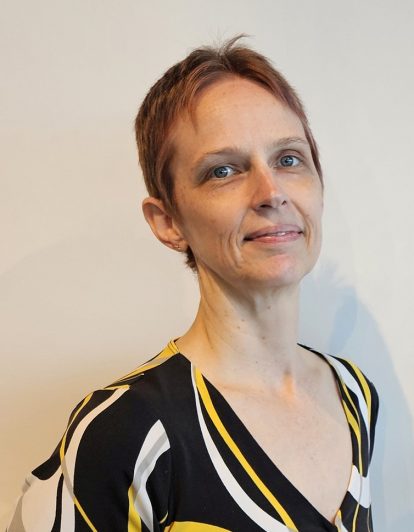
Professor Corene Matyas was named University of Florida Research Foundation Professor for 2025.
UFRF Professorships are awarded to tenured faculty members with a distinguished, current record of research.
Dr. Matyas’s research involves the GIS-based analysis of rainfall from tropical cyclones.
Congratulations, Dr. Matyas!